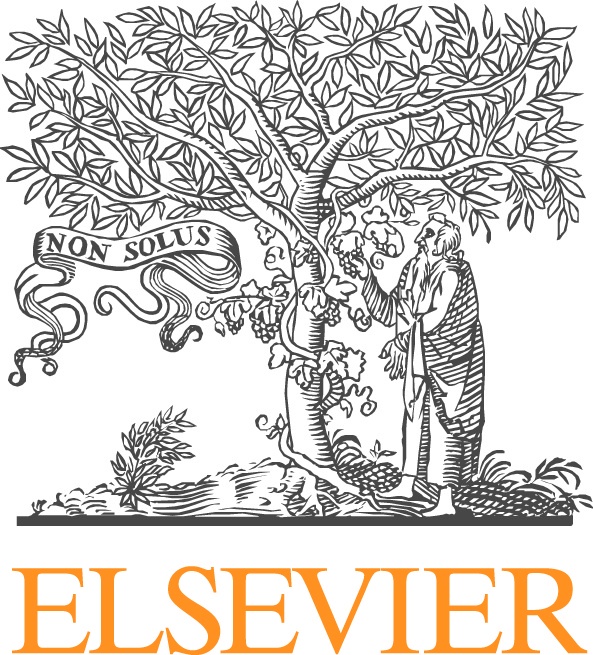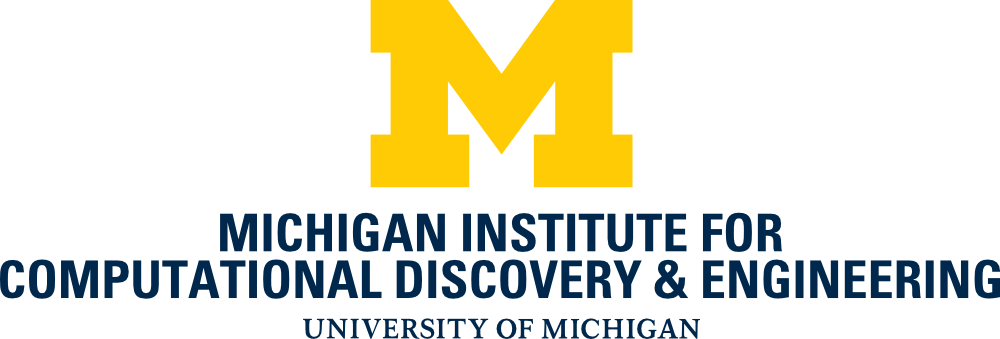Experimental Characterization, Constitutive Modeling and Computational Simulations of Gel-like materials
Mahmood Jabareen, Technion - Israel Institute of Technology
Roozbeh Dargazany, Michigan State University, East Lansing
Nano-reinforced gels are important subcategory of soft matters with a wide range of technological applications from defense to biology. Hydrogels have received much attention as an innovative material in view of their high-water content which allows them to act as scaffold for cell growth and their high mechanical strength and toughness. Reinforced gels can be made with mechanical performance close to those of filled rubbers. They may appear as structural and shielding materials, packing foams and adhesives, detergents and cosmetics, paints, food additives, lubricants and fuel additives, etc. In addition, they can be used as a surrogate for biological tissues.
In spite of the various forms of these materials, many of their properties have common physicochemical origins, such as a large number of internal degrees of freedom, weak interactions between structural elements, and a delicate balance between entropic and enthalpic contributions to the free energy. These properties lead to large thermal fluctuations, a wide variety of forms, sensitivity of equilibrium structures to external conditions, macroscopic softness, and metastable states.
Hence, there is a high demand on optimizing the future development of gels with regard to weight, size, performance and efficiency, whereas these requirements are not easy to achieve, because the mechanical properties depend on a sum of process-oriented influences as e.g. the choice of the mixture and its production process. Although the chemical structure of gels is well known, the physical interpretation and its transfer into a continuum mechanical framework are still challenging, if not partially impossible. And at least the common idealization of hyperelastic material behaviour lacks due to the nowadays usage of nano-fillers to reinforce the mechanical properties. Hence, in the stress-strain response these materials show an explicit hysteresis combined with strong irreversible strains. Due to the complex physical mechanisms on micro scale (like interactions in a double network hydrogel), main characteristics of the macromechanical behaviour are described phenomenologically. This proceeding leads to restrictions regarding the reliability of the material model, since typical homogeneous experiments cover only a small part of the deformations states and the accordingly material response.
In this context we aim to organize a symposium presenting the current research progress in charachterization, modeling and simulation of the complex material behaviour of nano-reinforced gels.







